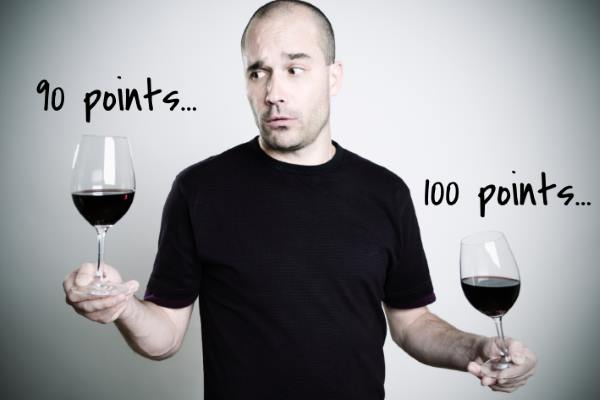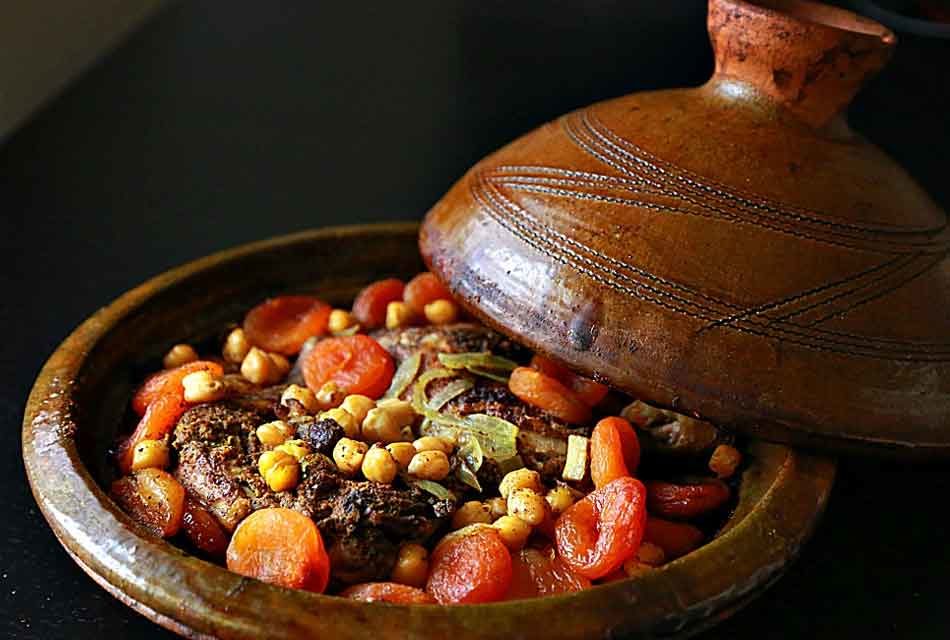
There are many components of wine quality. Most are well-known to wine enthusiasts: color, balance, intensity, structure, length, complexity, ageability, for example. But one aspect, perhaps the one which most separates very good wine from great, and great from insanely great, is rarely talked about, even among winemakers and critics.
It doesn’t have a widely accepted moniker. There aren’t points assigned specifically to it in wine quality scoring grids. You might call it “je ne sais quoi,” or “presence.” Some reviews say the wine “sings.” In a recent interview with Levi Dalton on I’ll Drink to That, Maggie Harrison of Antica Terra called it “clarity.”
Maggie didn’t mean the wine is fined, filtered, and crystal clear. She’s referring to how articulate the wine is, how clearly it tells its story. When you sip the wine, does it immediately communicate precise aromas, flavors, textures and emotions? Or is it muddled, opaque?
We’ve all had the experience of listening to someone tell a story in a way that’s disorganized, leaves out important details, or has so many asides that the point gets lost entirely. This may be entertaining for a while, especially if the teller is charming. But it eventually gets tiring. And we couldn’t recreate the story for others afterward.
Moving back to the world of aromas, flavors, textures, it’s like the difference between a stew and a tagine. With stew, all the components are cooked together slowly in a liquid. The liquid aids with the warming and softens texture, but also collects flavors from each ingredient and spreads it to the others. In the end, there are some textural differences between ingredients, but there’s just one dominant flavor. Even the colors have less differentiation.
With a tagine, the ingredients are cooked simultaneously in the same clay vessel, but there’s no broth or wine to meld flavors. When the dish is done, some harmony exists, but each component still has its own voice, communicating distinct flavor and texture.

When sniffing or tasting a wine, does it quickly and clearly communicate particular aromas, flavors and sensations? Is it raspberry or strawberry or just “red fruit.” Do you get cinnamon and allspice or just “spice.” Do its acidity or texture tell you something?
A wall of melded flavors can be tasty, but does little to indicate the grape variety or create a sense of place. It’s hard to describe such wine, let alone remember it. If a wine isn’t memorable, it isn’t a great wine.
There’s not a specific way to create a wine with clarity. Thousands of decisions are made in the course of creating any given wine. But the more one forces the wine into a particular style, rather than letting it be what it is, the farther it gets from clarity. And when the fruit is too ripe or things such as commercial yeast, additives and oak are used to excess, the less unique character remains.
I tasted a delicious wine the other day. It was a complete wine from nose to finish. It was long with sensuous texture. The flavors were bold without shouting and it had complexity. But most of the flavors came from barrels and, though totally pleasurable, it’s quite similar to many other expensive wines of its type.
I also learned tannins were added to improve the mid-palate, which is often found wanting in wines from that region. On one hand, the wine was probably better from a technical, and even hedonistic, standpoint than it would have been with less oak and no bag of tannins. But it had also moved toward being more generically lip-smacking and less representative of origin.
I have nothing against wines crafted to be tasty beverages. I often enjoy them. But they don’t sing, tell a story, communicate emotion or capture the imagination.
JJ Buckley has many wines with very good clarity. Here are a few to consider:
2014 Star Lane Cabernet Sauvignon, Happy Canyon, Santa Barbara County
2015 Melville Pinot Noir Block M, Sta. Rita Hills, Santa Barbara County
2013 Nikolaihof Riesling Steiner Hund, Wachau, Austria
2014 Mindigo Ridge Chardonnay, Santa Cruz Mountains
2013 Markus Molitor Bernkasteler Lay Riesling Auslese Gold Cap
JJ Buckley guest blogger Fred Swan is a San Francisco-based wine writer, educator, and authority on California wines and wineries. His writing appears in The Tasting Panel, SOMM Journal, GuildSomm.com, Daily.SevenFifty.com, PlanetGrape.com, and his own site, FredSwan.Wine (formerly NorCalWine). He teaches at the San Francisco Wine School. Fred’s certifications include WSET Diploma, Certified Sommelier, California Wine Appellation Specialist, Certified Specialist of Wine, French Wine Scholar, Italian Wine Professional, Napa Valley Wine Educator and Level 3 WSET Educator. He's twice been awarded a fellowship by the Symposium for Professional Wine Writers.